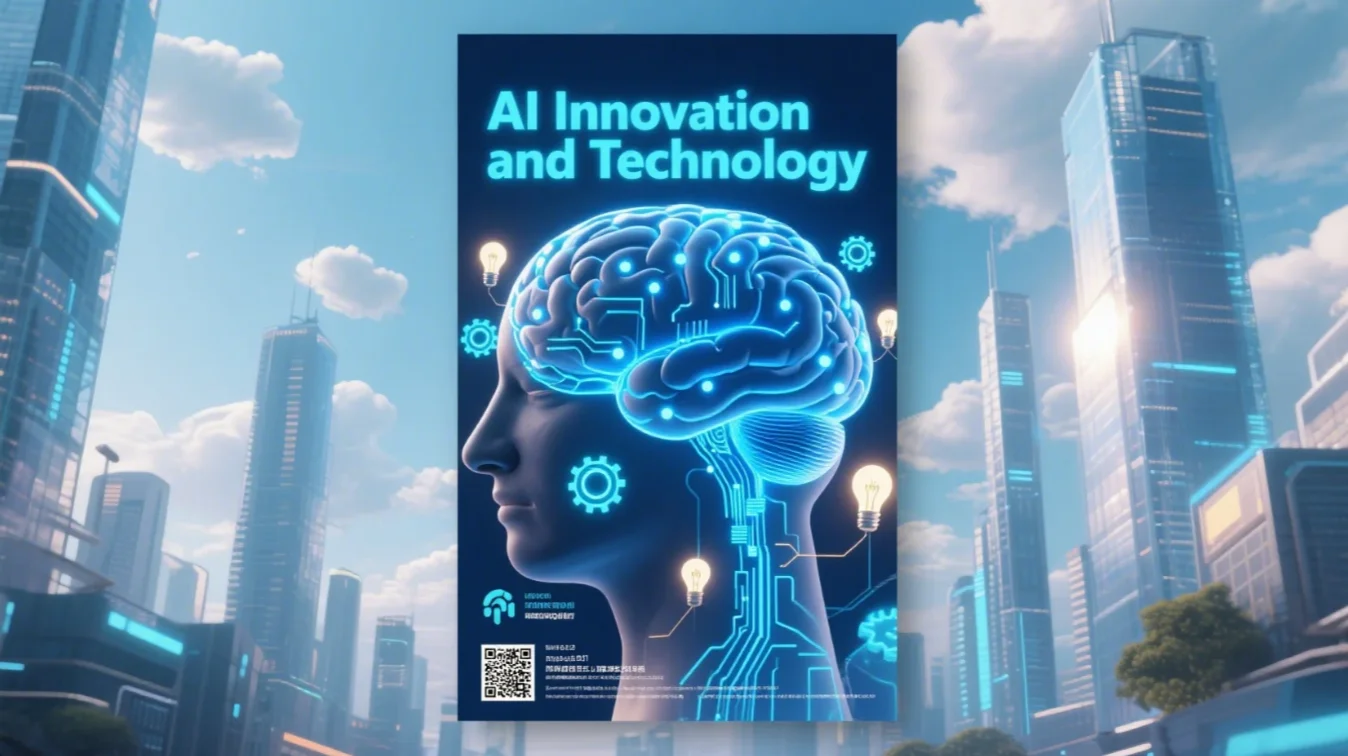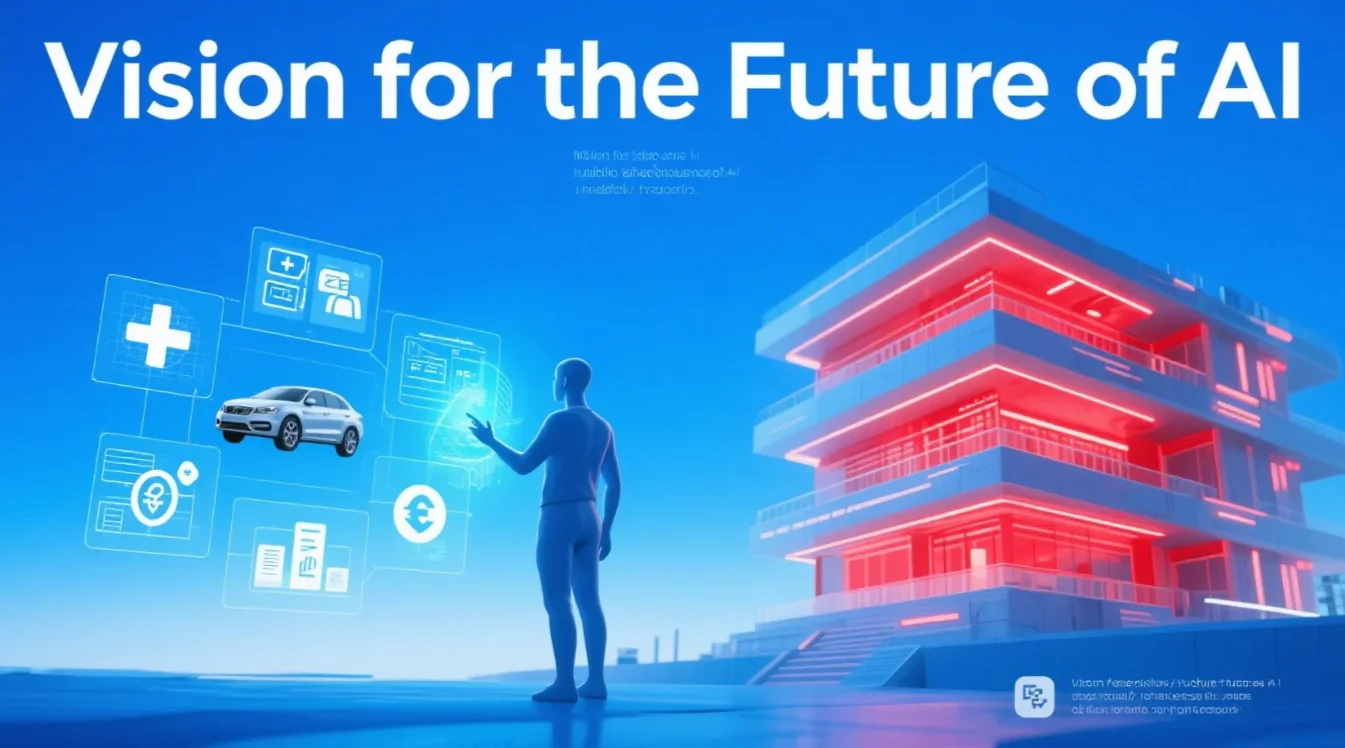


Fig. 1: AI Generated image: AI research lab with scientists working on
neural networks and
data visualizations on a high-tech workspace — cinematic lighting.
Artificial Intelligence (AI) is advancing at an unprecedented pace, driven by the twin engines of
research and innovation. In this era of technological
transformation, staying competitive means continuously pushing boundaries—exploring novel
algorithms, rethinking architectures, and addressing complex real-world challenges with bold
solutions.
AI research spans across disciplines including machine learning, natural language
processing, computer vision, reinforcement learning, and
generative AI. Researchers and engineers experiment with new models and frameworks to
improve performance, scalability, and
interpretability. These breakthroughs are not just academic—they pave the way for
real-world impact.
Through rigorous research, AI experts constantly explore new methods to enhance model performance,
interpretability, and scalability. Innovation stems not only from adopting the latest academic
findings but also from applying creative thinking to real-world problems.
Research efforts lead to advancements in areas such as autonomous systems, personalized medicine,
smart manufacturing, and adaptive cybersecurity. Staying engaged with academic publications,
attending global AI conferences, and participating in research communities fosters continuous
learning and collaboration.

Fig. 2: AI Generated image: AI innovation — human brain fused with circuits, machine-learning
codes flowing,
light bulbs and gears, representing creative AI problem solving — digital collage style
Whether it’s enhancing autonomous systems, enabling precision healthcare, developing green AI models, or creating adaptive cybersecurity, innovation ensures AI technologies evolve responsibly and effectively. Collaboration between academia, industry, and startups amplifies innovation, bridging theoretical advancement with practical deployment.

Fig. 3: AI Generated image. AI Innovation technology style
The future of Artificial Intelligence (AI) holds great promise for reshaping how we live, work, and
connect with the world. As AI continues to advance, it will become more intelligent, adaptive, and
centered around human needs. From personalized healthcare and smart education to intelligent
transportation and climate-smart agriculture, AI will help solve complex global challenges. With the
rise of self-driving cars powered by advanced perception models, real-time decision-making, and edge AI,
mobility is being redefined for safety and efficiency.
Future AI systems will be faster, more energy-efficient, and more trustworthy—guided by ethics,
fairness, and data privacy. Innovations in generative AI, explainable AI, and neuromorphic computing
will enable machines to better understand, create, and reason. Responsible development, supported by
collaboration between researchers, industries, and regulators, will be essential to ensure AI remains a
force for good. Ultimately, the vision is a future where AI augments human potential and creates
inclusive, sustainable progress for all.
© 2025 HoqueAI. All rights reserved. | Privacy Policy
